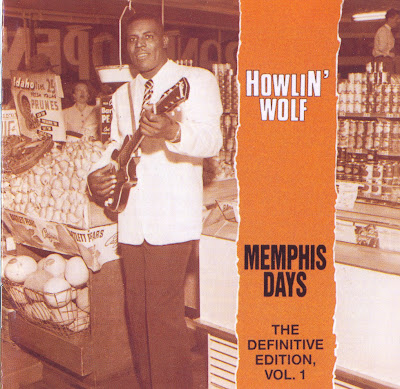bombboy
Well-Known Member
I found a white lid from the Consolidated Fruit Jar Co but find no mention of the co in the red book ???? Did they produce only lids or did they produce jars? Couldn't find a whole lot of info on the co online either. Don't know much about jars, but them and milks are starting to follow me home lately.
Mark
Mark



